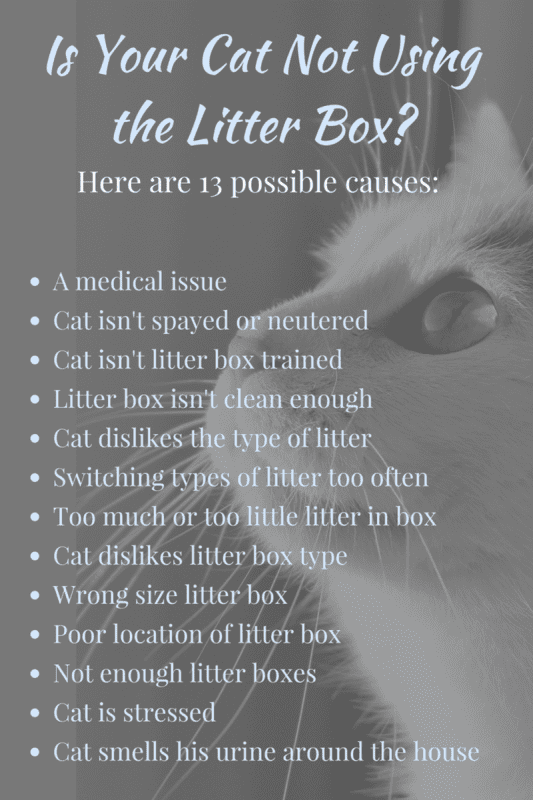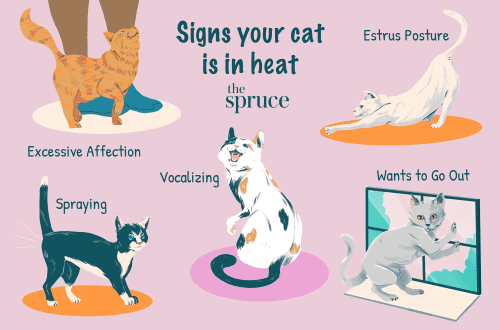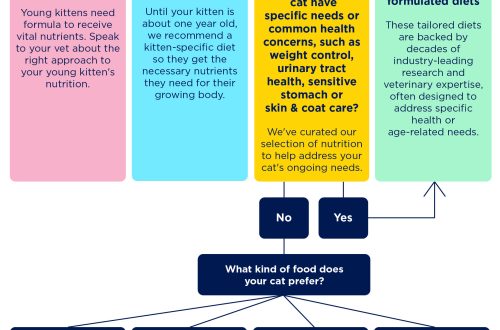
Why won’t my cat use the litter box?
If your cat’s habits have changed and she no longer uses the litter box, there must be an objective reason for this. Even if she started doing her chores in the house elsewhere.
Here are the most common causes of such problems and possible solutions:
Dirty tray: The cat will not use the tray if it is not cleaned.
Solution: The tray should be completely cleaned out every two days, and filled with fresh litter every day after the clumps of used litter have been removed.
The cat is scared away by the tray:
Solution – If you are using a litter box with a scented, deodorant, or disinfectant that has a strong scent, a scent-sensitive cat may avoid using it. Use a mild detergent and hot water, or a disinfectant specifically designed for cleaning trays. When a cat learns to use the litter box, she needs to remember it as a litter box at first, and cleaning too often can prevent her from forming such an association.
Wrong type of filler:
Solution – Changing the consistency of the litter or the type of litter box can cause the cat to avoid it. Leaf-based litter may be acceptable for kittens, but as the cat grows and becomes heavier, the surface becomes uncomfortable. Cats prefer fine-grained, sandy litter with no fragrance. If you want to change the litter, mix the new litter with the old one, gradually increasing the proportion of the first one over the course of the week, so as not to cause a negative reaction in the cat to such changes.
The tray is incorrectly positioned:
Answer – If the litter box is in an open area where a dog, children, or other cats can disturb your cat, she will feel too vulnerable to use it. Instead, the animal will look for a more secluded and safe place, such as behind the TV. Also, cats do not like to use the tray if it is next to a noisy washer or dryer. Place the litter box in a quiet place where the cat would only have to look in one or two directions; do not put it in an open place or in the aisle. If there are food bowls near the litter box, the cat will not use it, so the feeding place should be at a sufficient distance from the litter box. If there are bowls of food near the litter box, this can interfere with the cat’s use of it, so place the bowls away from the litter box.
Wrong tray type
Answer – Some cats prefer trays with a lid – they seem safer to them; others like open trays because you can get out of them faster. If you usually use an open tray, it’s probably worth trying a tray with a lid, and vice versa. A sufficient degree of intimacy can be achieved by using a box that has one side cut out, or by properly arranging houseplants in pots. Some trays with lids have a door on top of the entrance, which can be a hindrance.
bad associations
Answer – Suddenly, the cat may decide not to use the litter box because of the negative experience associated with it. For the formation of negative associations, it is enough just to touch the cat or give her medicine at the moment when she uses the tray. In this situation, you can try to move the tray to a quiet place.
Early training: kittens often start to shit in the house if they get access to large areas at an early age.
Answer – When a kitten first enters your home, it is only a few weeks away from what its mother has instilled in it. While he still cannot control the activity of his bladder and kidneys as well as an adult animal, it is therefore important that he always has free access to the tray. At first, it is recommended to keep the kitten in one room, and after a few weeks, start gradually allowing him to explore the rest of the house for increasingly longer periods of time. Every time a kitten uses a litter box, he forms a habit of behaving in a certain way, which will accompany him throughout his life.
If you need further advice or assistance with your pet, please contact your local veterinarian or veterinary nurse – they will be happy to assist you.





